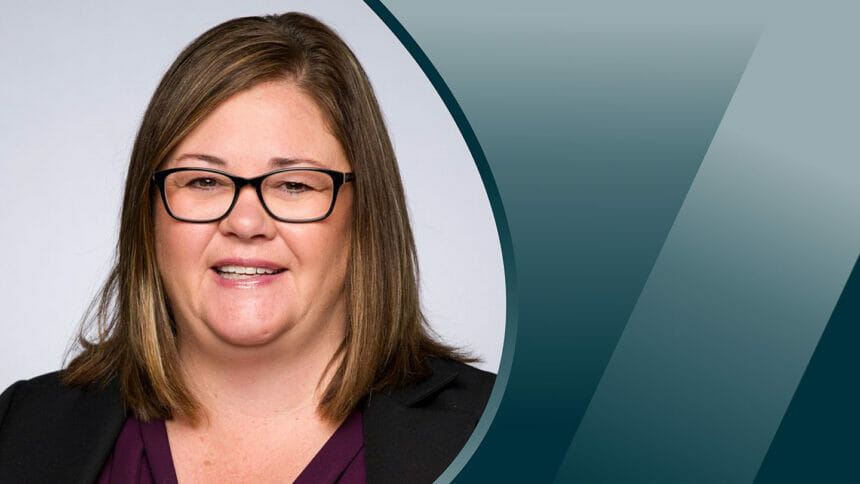
The workforce shortage crisis remains the most urgent and prevalent issue in the healthcare industry, affecting operators across all care settings.
Skilled nursing facilities, already marginalized in the care setting and lagging behind in technological advancement, are facing an especially severe impact from the shortage. Furthermore, they are grappling with the challenges of adapting to new regulatory reforms.
Despite ongoing efforts in the post-acute care sector to bridge the interoperability gap, progress is hindered by the strain on the already diminishing workforce. As a result, the ability of facilities to deliver high-quality care is significantly compromised.
Tackling these challenges necessitates a holistic approach – a collaborative endeavor that brings together federal and state governments, healthcare professionals, industry leaders, and experts to forge a consensus and implement essential measures.
While there is no single solution to address all these issues, interoperability emerges as a vital element that skilled nursing facilities must embrace to navigate the current landscape. The capacity to seamlessly exchange data in near real-time, electronically, is foundational, empowering providers to accurately manage care. Moreover, it fosters visibility across the broader care team, mitigating potential adverse outcomes.
Yet even as the pressure ramps up in light of these challenges, SNFs have made limited progress in bridging the interoperability gap that exists between what their referrals want and what their systems and organizations are able to give. SNFs are highly dependent on manual resources and processes, outdated systems and siloed data infrastructures, making it difficult to streamline workflows to combat the staffing shortage and implement regulatory reforms.
According to the latest survey on interoperability we commissioned along with Brightree, only 20% of SNF providers report that they’re set up to receive referrals through electronic data exchange, while nearly every U.S. hospital and physician entity reported that they are more likely to refer patients to a post-acute care provider that can support electronic data exchange.
Nevertheless, there is optimism for forthcoming advancements in the near future. Research from these surveys reveals that the majority (79%) of SNFs intend to invest in more advanced interoperability strategies and implement more innovative engagement technologies in the near term, indicating that 2023 will be the year of progress for many.
To bridge the interoperability gap between SNFs and acute and ambulatory care settings, these facilities must embrace technological solutions that revolutionize their information exchange systems. Cloud-based systems offer the best path forward, providing user-friendly portals that enable seamless recording of essential health information across the care continuum.
To ensure both provider and patient satisfaction, a crucial factor driving the development of these technologies is the collection of firsthand insights. The initial step involves identifying the primary challenges and potential solutions. However, for effective implementation, teams need to understand the most suitable approach and method that will enable providers to work smarter.
We recommend providers request patient information based on the CCDA (Consolidated Clinical Document Architecture). This highly valuable information not only eases the transitions of care, but if it can be received in XML format (containing more discrete data vs. a PDF-type document), it can have a significant impact on resident safety, time savings and continuity of care with the entire interdisciplinary team. With automation and interoperability, EHR solutions can receive the CCDA data and instantly create a resident record allowing you a simplified, prepopulated workflow to reconcile key data such as allergies, advanced directives, medication orders and diagnoses.
Enhanced technology empowers facilities to accomplish tasks more efficiently and accurately. These solutions not only tackle existing problems but also prioritize simplicity of implementation and ease of understanding.
The seamless exchange and integration of electronic data through interoperability alleviate the workload on staff, minimizing the risk of burnout and turnover. These solutions also facilitate compliance with new reimbursement models that necessitate specific data input, potentially leading to increased revenue for SNFs. This, in turn, enables facilities to offer better wages, making them more attractive to prospective staff.
By embracing these interoperable solutions, healthcare providers can deliver optimal care to patients throughout the entire care continuum. Failure to do so puts SNFs at risk of losing referral sources and experiencing further staff attrition.
Amy Ostrem is the vice president of strategy and portfolio management at MatrixCare. She has over 20 years in the healthcare technology industry, with expertise in product development and strategy, software IT and client management.
The opinions expressed in McKnight’s Long-Term Care News guest submissions are the author’s and are not necessarily those of McKnight’s Long-Term Care News or its editors.
Have a column idea? See our submission guidelines here.




